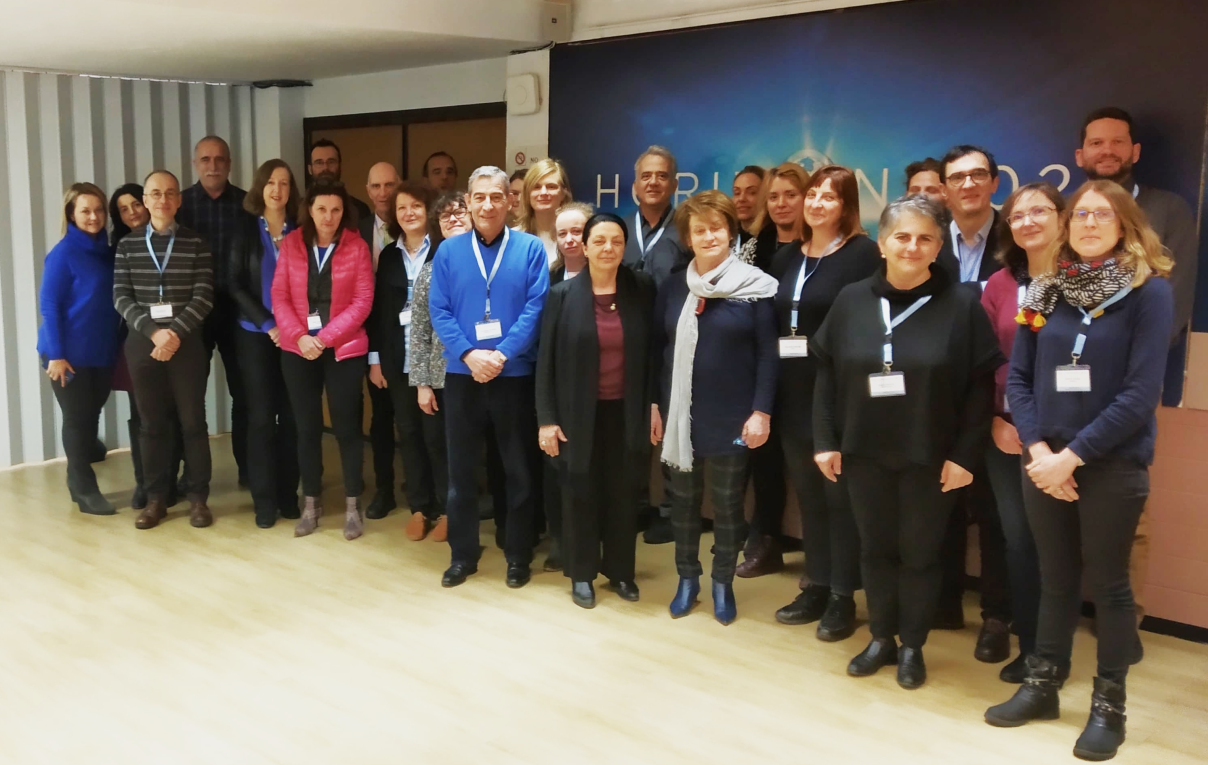WP3
Development of radiation protection culture to support the governance of radiological risk
Partners involved: CEPN (Lead) - ISGlobal - IRSN - UFC - EEAE - UMIL - FOPH - VUJE

Focus
WP3 of the ENGAGE project centred on the role of radiation protection culture for enhancing participation and informed decision making in radiation protection. Key research questions were:
- how is radiation protection culture characterised and evaluated;
- what is its role and potential benefit for supporting effective stakeholder engagement and informed decision-making;
- and what are the processes to build and transmit radiation protection culture, adapted to specifics of different exposure situations.
Way of working
Ten national case studies on radiation protection culture were conducted covering the three fields addressed in ENGAGE. A common analysis grid was developed to identify the target stakeholders, the aim of radiation protection culture, the characterisation of radiation protection culture, the tools, methods and processes to build radiation protection culture, and the evaluation of radiation protection culture. A dedicated stakeholder workshop was organised (Athens, 2019) to discuss the findings from case studies, provide elements to formulate recommendations and identify future research needs. Recommendations were finalised based on the feedback received from the ENGAGE final workshop (Bratislava, 2019).
Radiological protection culture, including its aims, target stakeholders and potential role were characterised in different exposure contexts (Barazza et al., 2019). Research highlighted some particularities of these contexts.
For instance, in emergency and recovery management, it incited reflection on the role of radiological protection culture in the preparedness phase and argued that its aim is to allow stakeholders to reflect on what is at stake in case of a nuclear accident, not only from a radiological point of view, but also concerning the consequences in the daily life of affected populations.
In relation to radon, key points were having radon considered as a public health issue and integrating it into indoor air quality management and the need to build and enhance radiological protection culture for the different stakeholders relevant to these areas.
In the medical field, the analysis showed a need to reinforce initiatives to develop and promote radiological protection culture not only for medical professionals directly involved in the implementation of medical procedures using ionizing radiations, but also those who are not directly involved, but may be occupationally exposed and/or interact with patients and/or prescribe medical exams. This includes nurses, general practitioners or other referrers.
Finally, ENGAGE emphasized that these three fields are characterized by the need for developing the radiological protection culture in a participatory way for the various stakeholders involved in the management of the exposure situations. Besides being developed through the participation of stakeholders, this also takes stakeholder engagement as a central condition of the implementation of the radiological protection system.
